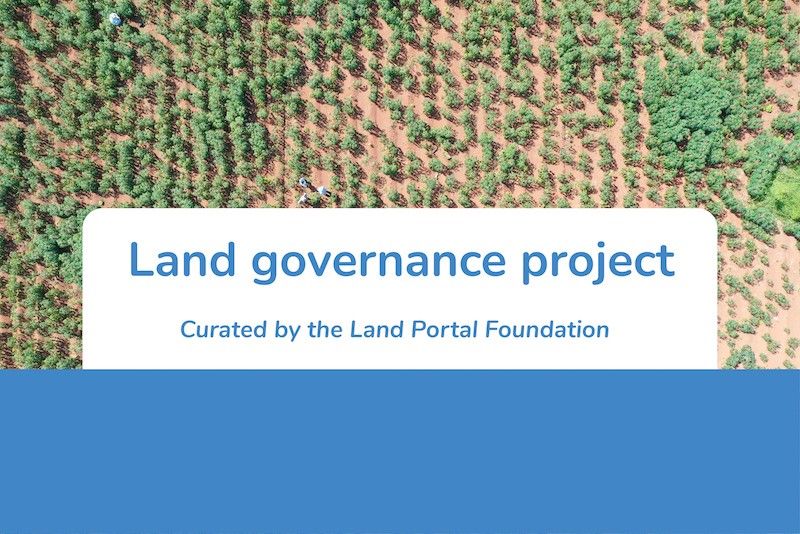Community / Land projects / Integrated S-NFI, CCCM, and Protection responses for vulnerable and underserved populations in Wau
Integrated S-NFI, CCCM, and Protection responses for vulnerable and underserved populations in Wau

€818447.8145
06/20 - 06/21
Completed
This project is part of
Implementing Organisations
Donors
Data Providers
Objectives
7.5 million people in South Sudan need humanitarian assistance (South Sudan 2020 Humanitarian Response Plan (HRP)). The Shelter and Non-food items (S-NFI) Cluster estimates 2.3 million people have limited or no access to adequate shelter and non-food items in 2020. Lack of S-NFI supplies exposes affected communities, particularly internally displaced persons (IDPs), to health and protection risks. Women and children are predominantly exposed to gender-based violence (GBV) risks, especially when travelling long distances to meet household S-NFI needs. At least 4.5 million of those in need of humanitarian assistance require protection assistance. The formation of the Government of National Unity in February 2020 may lead to an increase in returns, which could escalate housing, land and property (HLP) issues as returnees find their land/properties claimed by others, amplifying challenges of security of land tenure, and leading to an upsurge in the need for legal aid services for arbitration of claims. Returns may also lead to an increase in persons forced to settle on undesirable, difficult-to-access and marginal land, creating protection risks, and fragmenting information flow. According to the Humanitarian Needs Overview (HNO) 2020, an estimated 1.6 million people will need Camp Coordination and Camp Management (CCCM) services. Of these, 1.07 million IDPs will be in spontaneous settlements and camp-like settlements relying on humanitarian assistance. IOM CCCM will conduct mobile camp management services in camp-like settings in hard-to-reach areas, establishing CCCM coordination structures with service providers and relevant community structures, including rehabilitation of community centres undertaking community mobilization and engagement for information dissemination on the use and purpose of complaints feedback mechanisms (CFM) and supporting community-led site maintenance activities. Oxfam will lead in development of protection analysis that will inform the CCCM response on engagement with community structures. IOM and Oxfam propose a multi-sectoral approach encompassing CCCM, S-NFIs and Protection, enabling provision of holistic support to vulnerable communities in Wau County, Western Bahr el Ghazal. IOM seeks to continue the provision of life-saving and life-sustaining S-NFI services to individuals in prioritized communities in Wau County. Key activities will include: 1) The provision of crucial S-NFI material assistance to 26,000 individuals through in-kind and cash-based intervention modalities S-NFI frontline teams based in Wau will be deployed to provide humanitarian assistance and 2) Coordination, information management, and partner support services, provided through S-NFI Cluster leadership with two IOM staff acting as S-NFI Cluster State Focal Points (SFPs). Oxfam will work with IOM to engage communities on selection criteria and identification of PSN to be assisted by the NFI response. During distribution, Oxfam will support with the identification of persons with special needs (PSNs). Individual beneficiaries in need for cash-based protection assistance will be assisted jointly by Oxfam and IOM S-NFI. Together the partners will identify protection risks to be considered by site management committees and support development of risk mitigation measures. The project will ensure all activities prioritize the unique and specialized needs of vulnerable groups. IOM and Oxfam have established CFM and accountability to affected populations (AAP) tools to advance equitable and accessible service delivery, whilst ensuring GBV and HLP protection services are made available to beneficiaries. The project will ensure the inclusion and participation of women, persons with disabilities, youth, and other vulnerable groups during implementation and monitoring, and will provide critical life-saving solutions, whilst strengthening and reinforcing community-based structures, and building the resilience of targeted communities.


